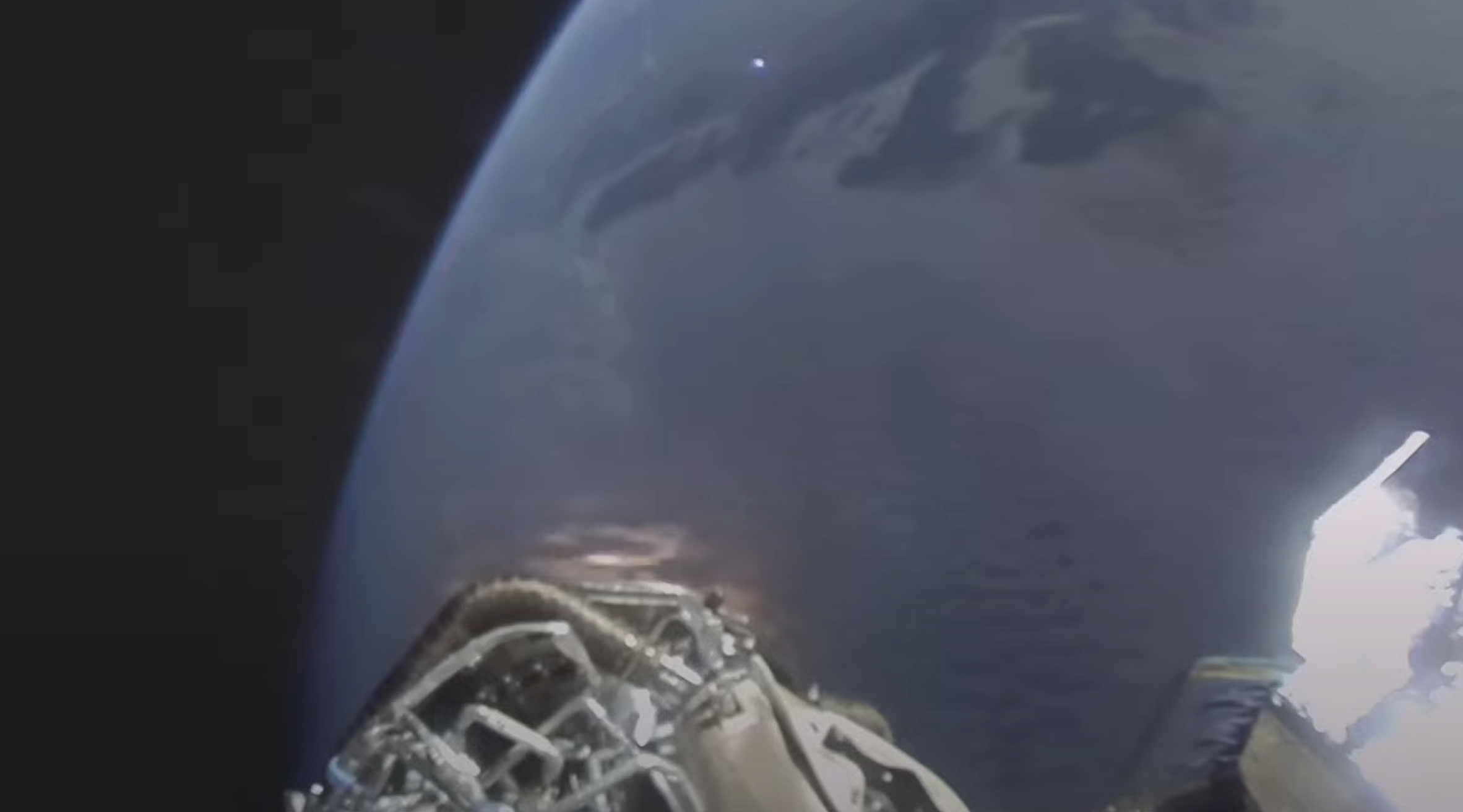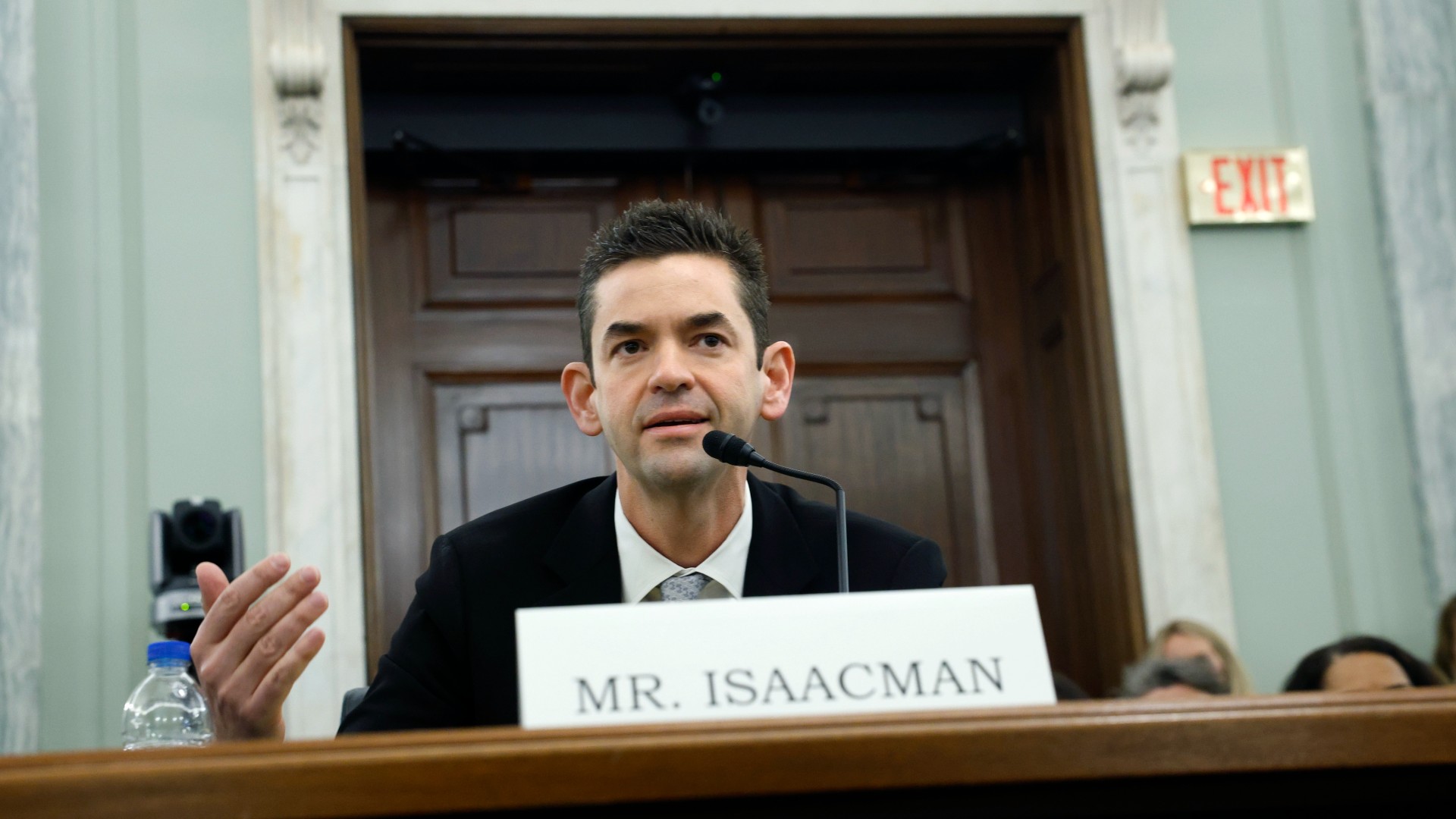Politician suggests bombing erupting La Palma volcano to stop lava flow
The volcano has been erupting for 42 days, and shows no signs of stopping.

Bombing the sizzling lava flows of La Palma's still-erupting volcano may be the only way to prevent the destruction the molten rivers are causing, a Spanish politician has suggested. Bombing runs could be used, according to its advocate, to redirect the deadly lava from flowing into populated areas.
The La Cumbre Vieja volcano in Spain's Canary Islands entered its 42nd day of eruptions Monday (Nov. 1). About 7,000 locals have been forced to flee their homes as lava flows, fountaining from the volcano up to thousands of feet into the air, have devastated homes, offices and large tracts of land throughout the southwestern part of the island, Live Science previously reported.
According to the latest survey performed by the European satellite system Copernicus, the lava has destroyed 2,519 buildings and now covers 3.6 square miles (9.4 square kilometers). With the island bracing for even more destruction due to a series of earthquakes that has shaken the land in recent days, Casimiro Curbelo, the president of the municipal council of La Gomera, a neighboring island, has suggested that the lava flows could be diverted through more extreme measures — by getting a plane to bomb them.
Related: Big blasts: History's 10 most destructive volcanoes
"Isn't there a plane that could fly and drop [a bomb]? It arrives, drops and boom. And it sends the lava in a different direction?" Curbelo said during a debate on the Canary Islands' Radio Faycán. "Maybe it's madness, but I get the impression from a technological point of view that it should be tried."
Curbelo's suggestion stirred up criticism and produced a handful of memes depicting him alongside Bruce Willis in the film "Armageddon," in which the actor's character is tasked with destroying an Earth-bound asteroid with a nuclear bomb.
But despite the derision aimed at it, Curbelo's outlandish proposal isn't totally unprecedented. In 1935, when lava flowing from Hawaii's Mauna Loa volcano began trickling perilously close to the town of Hilo, the U.S. Army commanded by the future Gen. George S. Patton dropped 20 high explosive bombs onto the lava river. Following the bombardment, the lava flow stopped, but the success of the mission has been disputed — both pilots and geologists who flew on the bombing mission believed that the flow was slowing anyway, according to the U.S. Geological Survey; and later appraisals made by the USGS support the conclusion that its halting was a coincidence, the USGS said.
Get the Space.com Newsletter
Breaking space news, the latest updates on rocket launches, skywatching events and more!
More recently, in 1983, a more successful attempt was made using dynamite to divert the lava flow of the then erupting Mount Etna away from a a nearby village. Engineers placed around 900 pounds (408 kilograms) of explosives, enclosed in water-cooled pipes, next to the flow. The goal was to blast the lava river into an artificial trench. The experiment was successful, according to one of the engineers at the time, blasting most of the lava into an artificial trench where it was redirected. But the explosion also split another part of the lava stream, sending many locals out to the mountain with shovels to contend with the flow's unpredictable new branches.
Spain's military has not responded to Curbelo's suggestion, and neither has Spanish Prime Minister Pedro Sanchez. However, Sanchez has promised to accelerate aid deliveries to devastated residents.
The eruption hasn't caused any deaths, and life has remained relatively undisturbed for the 85,000 residents who live away from the island's severely affected western side.
The volcano is close to reaching its 1949 record of 47 days for its longest time spent erupting.
Originally published on Live Science.
Join our Space Forums to keep talking space on the latest missions, night sky and more! And if you have a news tip, correction or comment, let us know at: community@space.com.

Ben Turner is a U.K. based staff writer at Live Science. He covers physics and astronomy, among other topics like weird animals and climate change. He graduated from University College London with a degree in particle physics before training as a journalist. When he's not writing, Ben enjoys reading literature, playing the guitar and embarrassing himself with chess.










